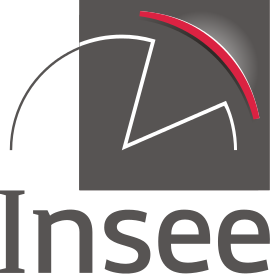Summary tables : SUT and TIEA in 2016 National accounts - Base 2010
- Supply and use table (SUT)
- 9.100 - Supply and use table - level A17 (Billion euros):
- 9.200 - Technical coefficients per industries, level A17 (in %)
- 9.300 - Supply and use table - Level A38 (Billion euros):
- Symmetric input-output table (SIOT)
- 9.400 - Symmetric input-output table _ level A38 (Billion euros):
- Table of integrated economic account (TIEA)
- 9.500 - Table of integrated economic accounts : Non-financial accounts, balance sheets for non-financial assets and financial accounts (Billion euros):
Supply and use table (SUT)

Supply and use table (SUT) gathers in the same accounting framework, the goods and services account by product type and the production and generation of income accounts by producing industry. The goods and services account provides the balance between supply (output and imports) and uses (consumption, gross fixed capital formation, acquisitions less disposals of valuables, changes in inventories, exports) by product. The production and generation of income accounts by industry make possible to measure the gross value added of industries (ie their productive contribution), and their gross operating surplus as well as their gross mixed income. All of this information provides an overview of the national economy, the interdependence between its industries and the flows between the domestic economy and the rest of the world.
9.100 - Supply and use table - level A17 (Billion euros):
9.200 - Technical coefficients per industries, level A17 (in %)
9.300 - Supply and use table - Level A38 (Billion euros):
Symmetric input-output table (SIOT)

Compared to the SUT, the SIOT makes important changes. The three most important are:
- intermediate or final uses are valued at basic price and not at the purchasers' price, so that the balance supply - uses of a product (a row of tables) is in the same valuation mode. The total of uses resulting from the SIOT is therefore very different from the SUT;
- for each use (intermediate or final), a distinction is made between the part of the product that comes from a domestic production, and its complement that is imported;
- a production matrix, detailing for each branch the production by product, replaces the production column of the SUT.
9.400 - Symmetric input-output table _ level A38 (Billion euros):
Table of integrated economic account (TIEA)

The table of integrated economic accounts synthetizes the whole transactions for institutional sectors (corporations, general government, households, etc.), and describes sequentially output, value added, operating surplus and mixed income, disposable income, savings, lending/borrowing and capital formation.
Warning: This update concerns the publication of TIEA (including balance sheets) for the years 2014, 2015 and 2016.



